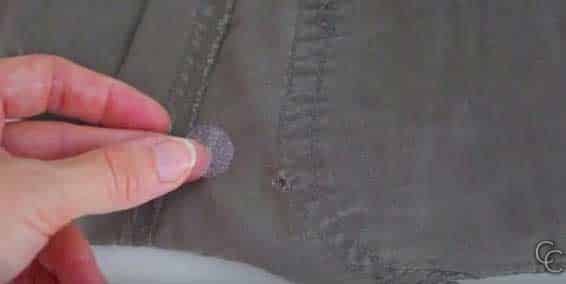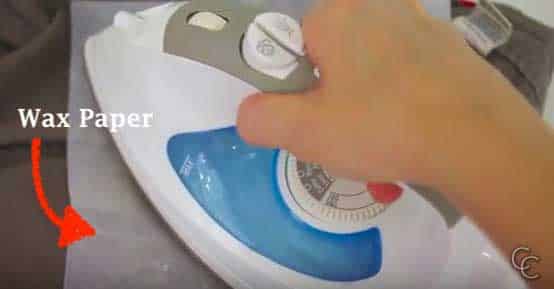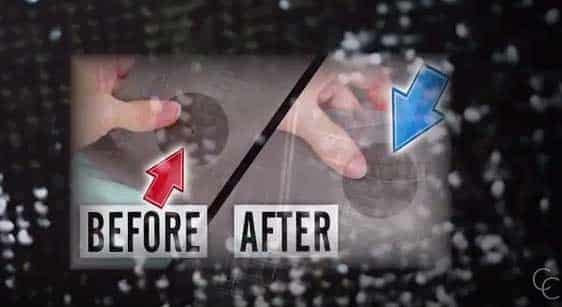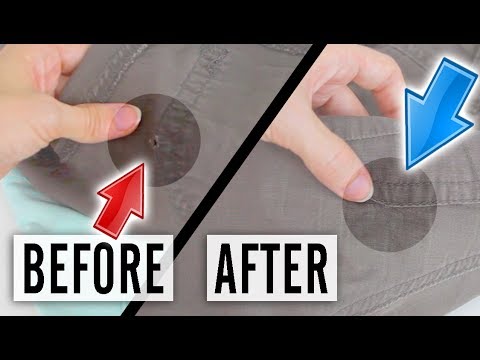A hole in clothing can appear from time to time, but don’t toss your garments just yet. In fact, even experienced sewers might prefer this method for small holes, as it avoids the risk of bulky, visible stitches. Once you start paying attention, you may find these annoying holes in more of your clothing than you realized. Fortunately, once you’ve mastered the technique, it takes only a few minutes to fix each tiny hole.
What Causes Holes in Clothing
These frustrating little holes can arise for various reasons. While moths are often blamed, they’re not the only cause. Normal wear and tear, as well as snags from everyday items and accessories, can also create holes. Common culprits include:
– Zippers
– Bras
– Belts
– Your washing machine
– Chlorine bleach
– Snags on rough surfaces
How to Prevent Holes
The location of the holes might point to the source. For example, holes near the bottom of shirts could be caused by belt buckles that rub or snag the fabric. In this case, you can skip wearing the belt, reposition it regularly, or smooth its rough edges with sandpaper. If you tuck your shirts into jeans, the zipper may be to blame. Zippers can also damage clothing during washing, so be sure to zip up jeans, hoodies, and other items before laundering them to prevent snagging on other fabrics. Similarly, fasten bras before washing to stop the metal clasps from catching onto other clothing. Alternatively, use a laundry bag to keep bras separate, especially if they tend to come undone.
While we’re talking about washing machines, other bad habits can also lead to holes. Overloading the machine, for instance, increases the likelihood of items with zippers or buttons snagging. Avoid overstuffing the washer, and turn garments with beads, buttons, or other embellishments inside out.
Additionally, keep fragile fabrics like cotton and silk separate from tougher materials like towels and sheets. When washing silk and other delicate items, use a low spin cycle. Be cautious with chlorine bleach as well—if used improperly or in large quantities, it can cause holes. Consider switching to eco-friendly alternatives such as vinegar, citric acid, or baking soda.
Moths are another common cause of holes, particularly in natural fibers like wool, silk, and leather. However, moths may also target other fabrics. Use pheromone traps to catch male moths, and place dried lavender in mesh bags or use mint or lavender essential oils to repel the rest. For more serious infestations, wash your clothes in warm water and clean your closet with vinegar.
Finally, be cautious around rough surfaces like brick, exposed nails, wood, or stone. Rubbing against these materials can cause snags that you may not notice at first, but can worsen after washing or further wear. If you have such surfaces around your home, consider smoothing them or covering them to prevent accidental damage.
How to Repair Clothes Without Sewing
Before you begin repairing a hole, you’ll need the following materials:
– Clothing with holes 5 mm or smaller
– An iron
– Fusible bonding web
– A large piece of wax paper
Directions:
1. Turn the clothing inside out and lay it on an ironing board with the hole facing up.
2. Cut a small piece of fusible web, slightly larger than the hole you’re repairing.

3. Gently pull the sides of the hole together so it appears closed, then place the fusible web over it. Cover the area with wax paper. Fusible web is available at stores like Walmart, fabric shops, and Amazon.
4. Set your iron to the “wool” setting and press it onto the wax paper without moving it for about 10 seconds. Lift the iron carefully.

5. Turn the clothing right-side-out and inspect the hole. If it hasn’t closed smoothly, repeat the process, gently pulling the fabric together again and pressing the iron until the hole is sealed. It may take a few tries to perfect the technique, but once you do, the hole will be nearly invisible.


